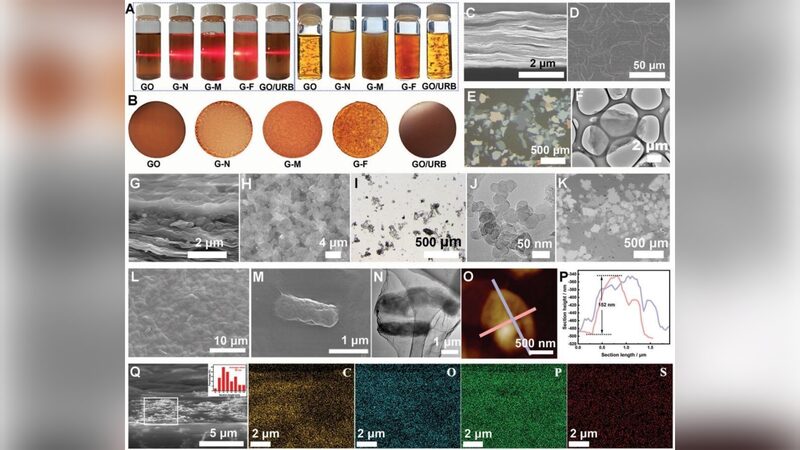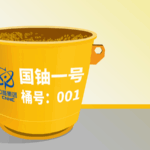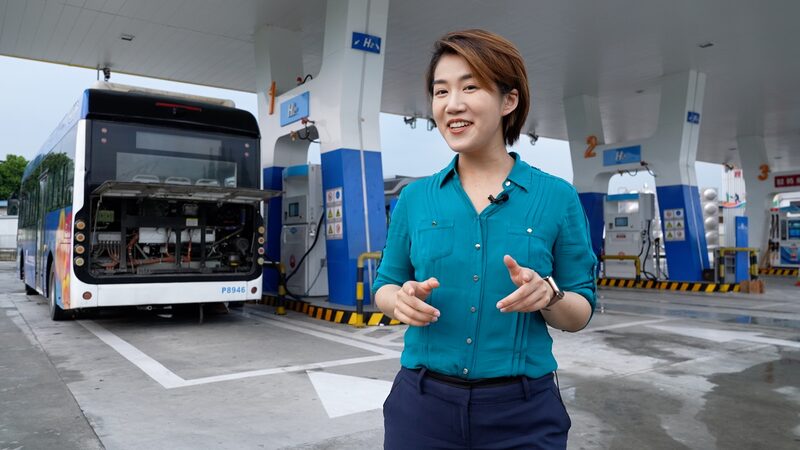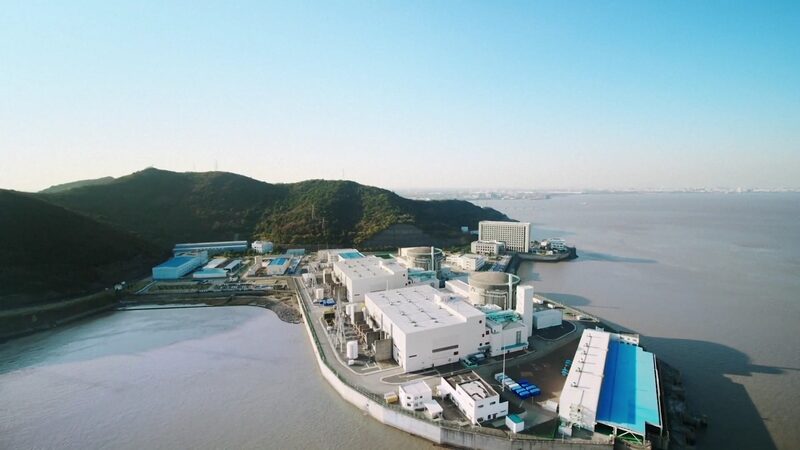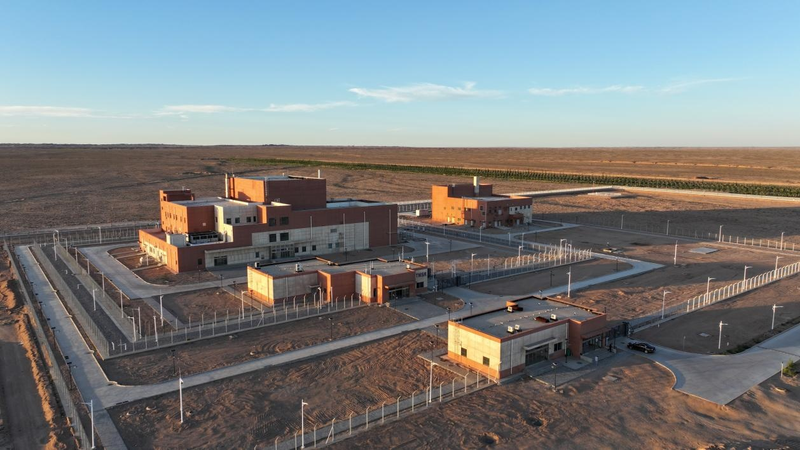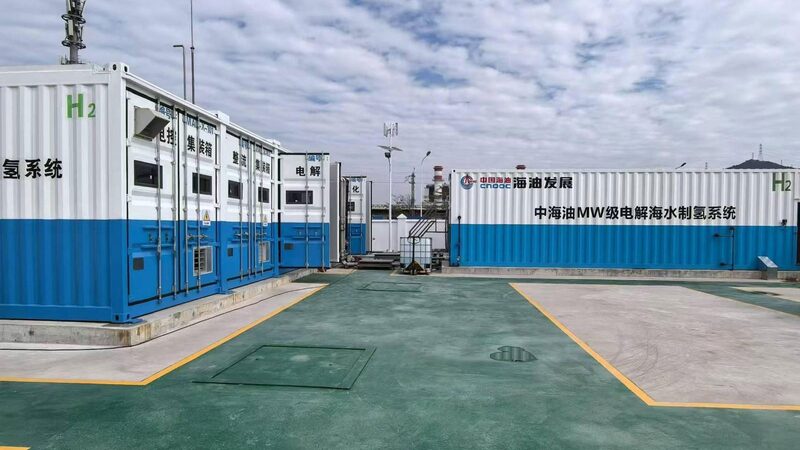A team of researchers from Lanzhou University in the Chinese mainland has pioneered a new biomimetic membrane designed to extract uranium from seawater and salt lake water. This breakthrough offers promising advancements in wastewater treatment and the recovery of rare metals.
Published in the journal Advanced Materials, the study details the creation of a two-dimensional biomimetic membrane using charge assembly and hydrogen bonding techniques. Reported by Science and Technology Daily, the membrane has shown exceptional performance in the precise separation of uranyl ions.
Uranium remains a critical resource for the nuclear industry, and China has long struggled with a shortage of uranium ore resources. While the country's seawater and salt lakes contain significant amounts of low-concentration uranyl ions, extracting these ions in an economically viable and efficient manner has been a persistent challenge.
In recent years, two-dimensional materials such as graphene oxide have been at the forefront of ion separation technology. However, graphene oxide membranes often suffer structural damage under high pressure or prolonged use.
Drawing inspiration from the natural resilience of plant cell walls, which can reorganize into stronger and denser structures under pressure, the research team integrated graphene oxide with engineered bacteria. This combination resulted in a dense and stable two-dimensional biomimetic membrane.
The new membrane not only enhances mechanical strength by over twelve times compared to traditional graphene oxide membranes but also achieves precise capture of uranyl ions. Li Zhan, the corresponding author of the study, emphasized that this innovation provides an efficient and sustainable method for extracting uranium from seawater.
Tian Longlong, another team member, highlighted the membrane's high selectivity, stability, and low energy consumption. These attributes are expected to facilitate the industrialization of uranium resource recovery.
The research team is currently optimizing the membrane's structural design and scaling up production processes to accelerate the technology's application. Lanzhou University noted that this technology has broad potential applications in areas such as water treatment, wastewater recycling, and energy recovery, addressing global challenges like resource shortages, energy crises, and environmental pollution.
Reference(s):
Chinese researchers invent biomimetic membrane to extract uranium
cgtn.com
